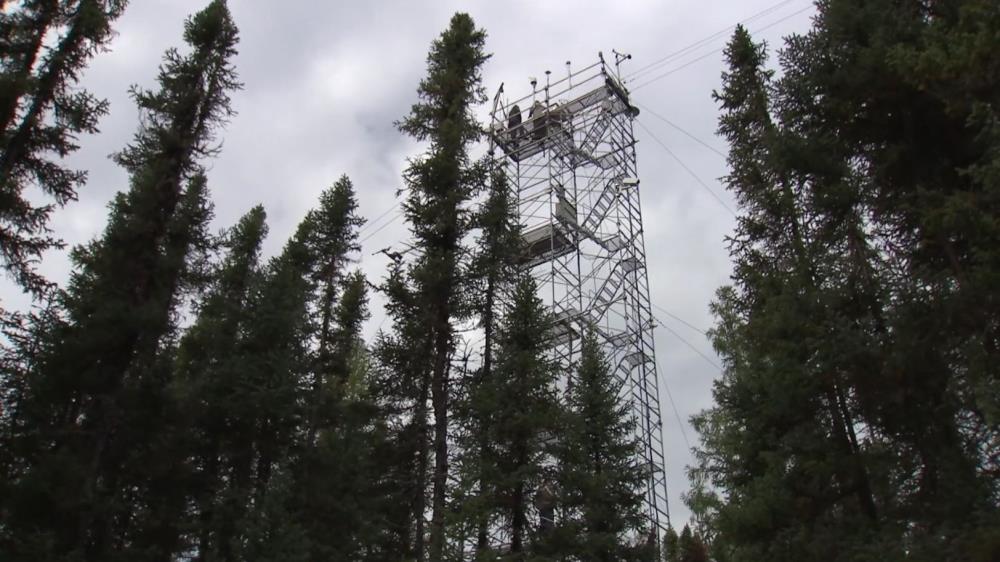
Related items loading ...
Section 1: Overview
Name of Research Project
|
Related Project
|
Part
|
|
GWF-LF: Lake Futures
|
|
|
|
|
|
|
|
Program Affiliations
Related Research Project(s)
Dataset Title
Criteria-based ranking (CBR): A comprehensive process for selecting and prioritizing monitoring indicators
Additional Information
Creators and Contributors
|
Simon Courtenay | PI | simon.courtenay@uwaterloo.ca | University of Waterloo |
Elaine Ho | Originator | e23ho@uwaterloo.ca | University of Waterloo |
Sondra Eger | Collaborator | seger@uwaterloo.ca | University of Waterloo |
Abstract
A review of the Muskoka Watershed Council reporting, as well as literature that also reviewed other programs, demonstrated a need for a standard, more objective, approach for identifying, and where budgetary limitations require, prioritizing indicators or reducing their numbers. The Criteria-based Ranking (CBR) process was developed, inspired by tools used in Environmental Assessment. A workshop with members and guests of the Muskoka Watershed Council was carried out on August 5, 2016, at which the CBR process was tested to see if using the process would yield different results than the conventional approach. The outcome of the workshop was that using this standard process generated a very different outcome than what emerged from the conventional approach.
Purpose
Resources allocated to water management often fluctuate. As a result, the types and number of parameters (e.g., indicators for ecosystem health) being measured, in monitoring programs, are frequently reassessed according to management (or political) priorities, limits on budgets, and availability of human resources. The periodic need to refocus monitoring, conflicts with the need to maintain consistent, long-term indicators that are used to demonstrate changes to ecosystem health, or define ‘abnormal’ indicator measures. Conventional approaches are subjective, time-consuming, and non-standardized. This research developed and tested whether a new approach would reduce time and cost, while increasing objectivity and monitoring adaptability (to fluctuating resources). This project was funded by the Canadian Water Network, but the data collected will also support the research objectives of the project titled "Lake Futures: Enhancing Adaptive Capacity and Resilience of Lakes and Their Watersheds: Work Package 3". Lake Futures is a Pillar 3 project under the Global Water Futures Program funded by Canada First Research Excellence Fund
Plain Language Summary
Keywords
|
Ecosystem |
District Municipality of Muskoka, Ontario, Canada - FDNNR |
Freshwaters |
Impact assessments |
Ontario |
Watershed |
Citations
Courtenay, S., Ho, E., and Eger, S. (2019). Criteria-based ranking (CBR): A comprehensive process for selecting and prioritizing monitoring indicators. Waterloo, Canada: Canadian Cryospheric Information Network (CCIN). Unpublished Data. Additional Publication: Ho, E. (2018). Criteria-based ranking (CBR): A comprehensive process for selecting and prioritizing monitoring indicators. MethodsX 5: 1324-1329. doi: 10.1016/j.mex.2018.10.015
Section 3: Status and Provenance
Dataset Version
Dataset Creation Date
Status of data collection/production
Dataset Completion or Abandonment Date
Data Update Frequency
Creation Software
Primary Source of Data
Other Source of Data (if applicable)
Data Lineage (if applicable). Please include versions (e.g., input and forcing data, models, and coupling modules; instrument measurements; surveys; sample collections; etc.)
Section 4: Access and Downloads
Access to the Dataset
Terms of Use
Does the data have access restrictions?
Downloading and Characteristics of the Dataset
Download Links and Instructions
Total Size of all Dataset Files (GB)
File formats and online databases
Other Data Formats (if applicable)
List of Parameters and Variables


 GWFNet
GWFNet Master
Master Data
Data Research
Research Map
Map
 Advanced
Advanced Tools
Tools
 . . .
. . .
 Metadata Editor
Metadata Editor
 Record List
Record List
 Alias List Editor
Alias List Editor
 Legacy sites
Legacy sites